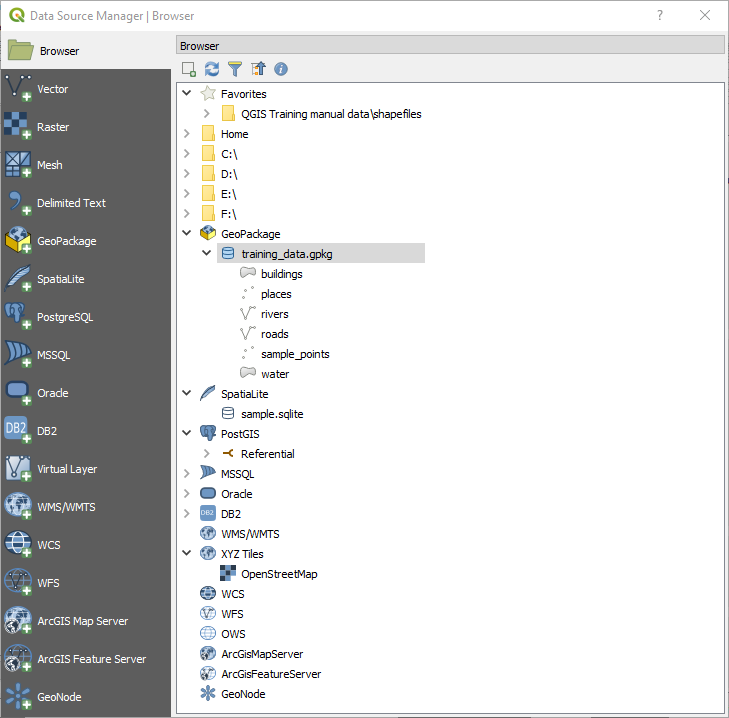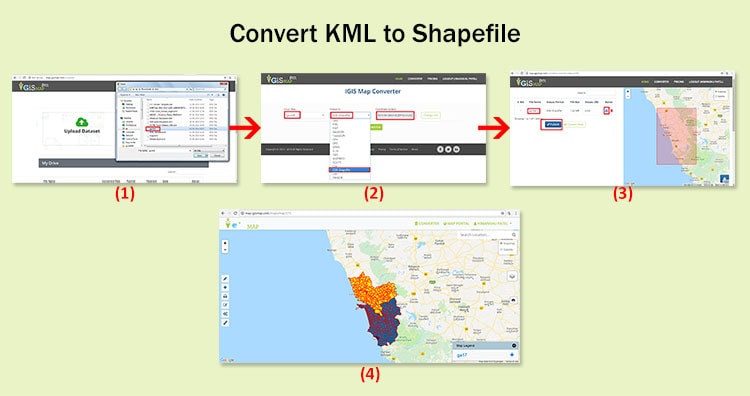

If we were to store other attributes and variables related to these spatial features in a table (Calc, CSV, etc), we could join them using the following steps Ģ. KML is considered a regular Vector format, so go to ADD VECTOR DATA and browse to your KML file, then change the encoding to UTF-8 and after you click BROWSE change the file format (on the lower right) to either Keyhole Markup, or All Files, in order to see your. Later in this module, we will make use of the NAME and DESCRIPTION fields in a way that makes them actually functional when importing into GIS.īut first, let's simply open the Pyramids file in QGIS to take a look at it. NAME, which is a simple string, and DESCRIPTION, which is also a text string, but is wrapped within CDATA section. It turns out that parsing this CDATA, without having an exact schema of the contents is not trivial.Įssentially these are the only free-text fields containing attributes related to the placemrk. Opening the KML file with GOOGLE EARTH shows the typical placemark symbols (pushpins) scattered along the Nile Riverįrom this example, we can see that the section is fairly straightforward, but that the is problematic because it includes a great deal of or or other elements within the CDATA section.

In this module we will demonstrate the basic use of KML in QGIS and a few tricks that will make it possible to store attributes (in a separate spreadsheet) and join them to the correct spatial features.Ī quick search for KML of Egypt found some layers of Egyptian Pyramids. However, there are some particular aspects of the KML notation that make it less than optimal for data entry, especially for the annotation of spatial features (aka "placemarks") with attributes, as we expect to do in GIS.
#Convert kml to csv qgis free
Since KML files can be created using the free (and relatively easy to use) Google Earth software, it has become quite popular. The KML technology was purchased by Google in 2004, and became the main format used by the Google Earth application. In our exercise, we will prefer the KML format, which we can view and manipulate as needed. KMZ is a compressed version of the KML to save disk space and transfer time.

KML is a "flat text" format which can be read and edited with an ordinary text editor. Viola, you can now open the KML and view your GPS points in Google Earth.KML and KMZ files ( Keyhole Markup Language) are stored in an XML notation designed for visualizing and annotating geographic information. Instead of CSV, choose KML in the drop-down menu for the format.

Select the file format and define the X and Y fields.With the CSV or text file containing the XYZ coordinates in UTM, create a new layer by using the Add Delimited Text Layer from the Layer Menu.Here’s my preferred quick and easy workflow. Two common tasks I’ve received recently are converting a number of UTM coordinates to Latlongs (WGS84) and previewing them in Google Earth.


 0 kommentar(er)
0 kommentar(er)
